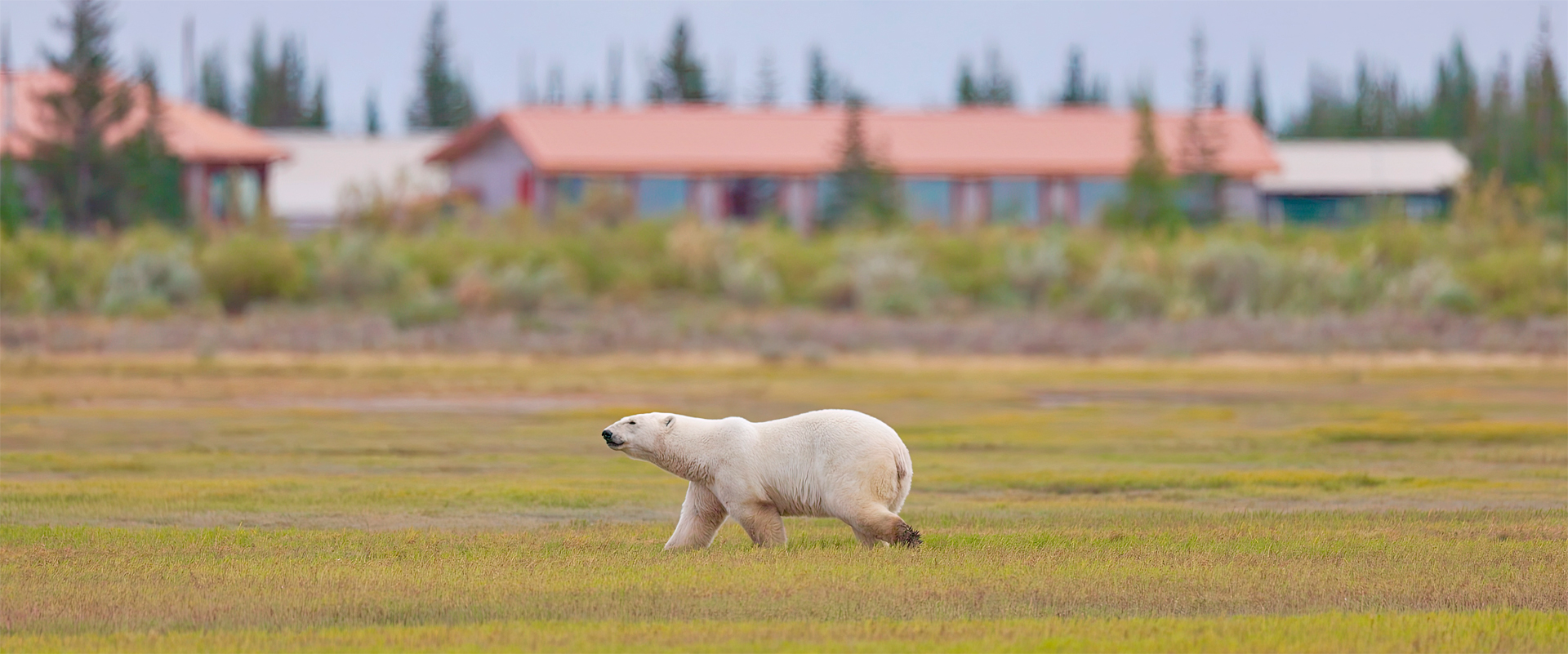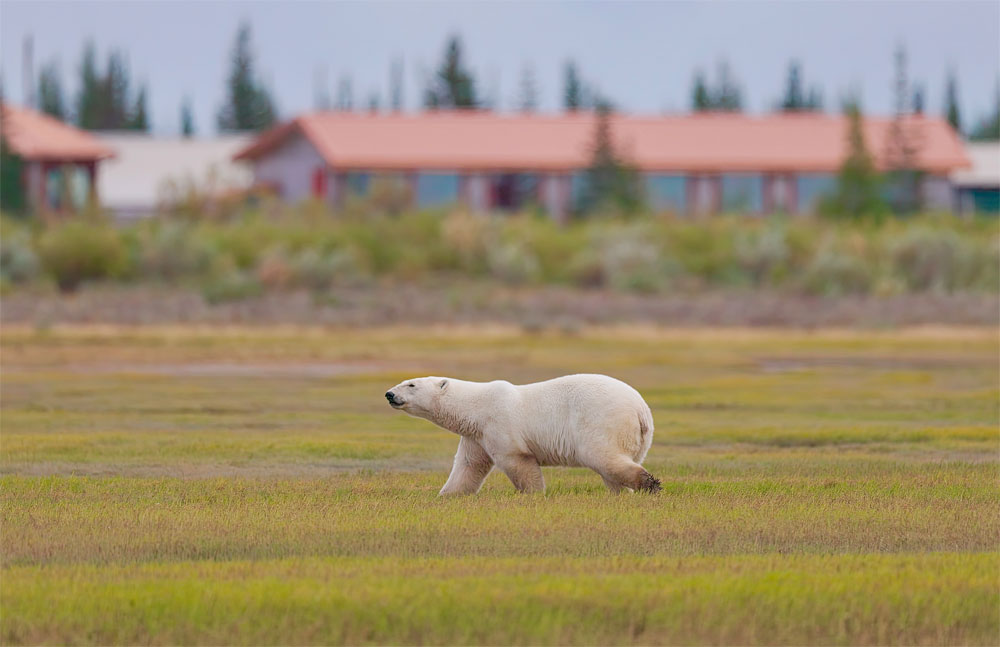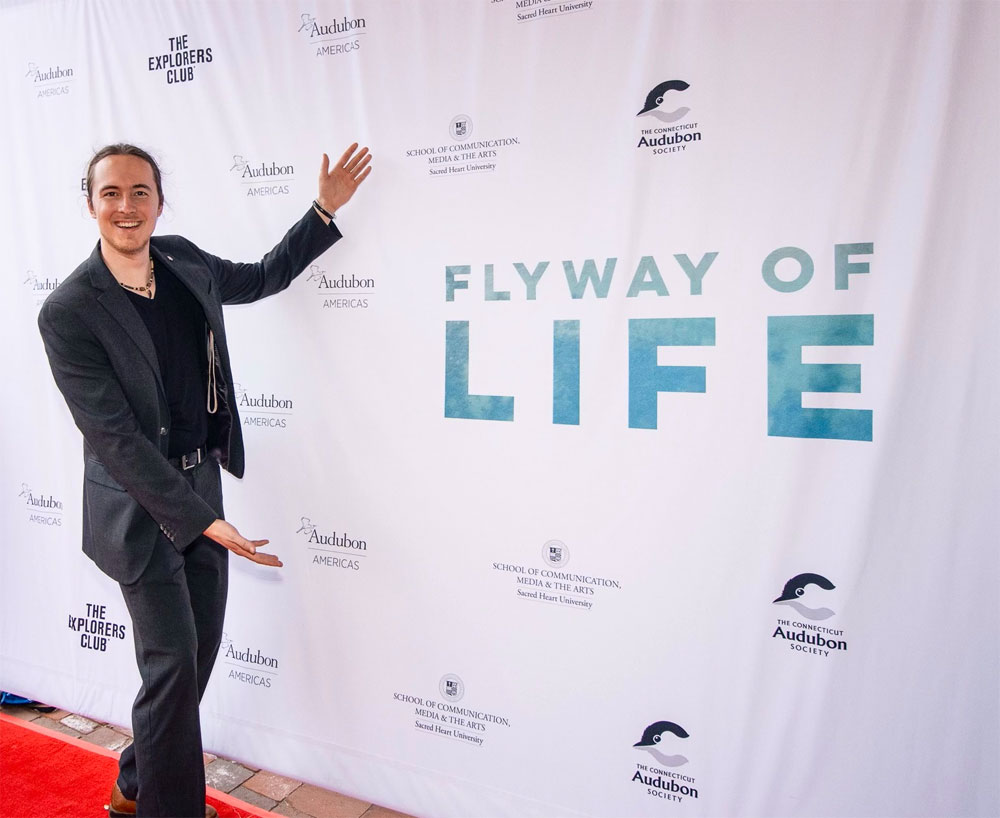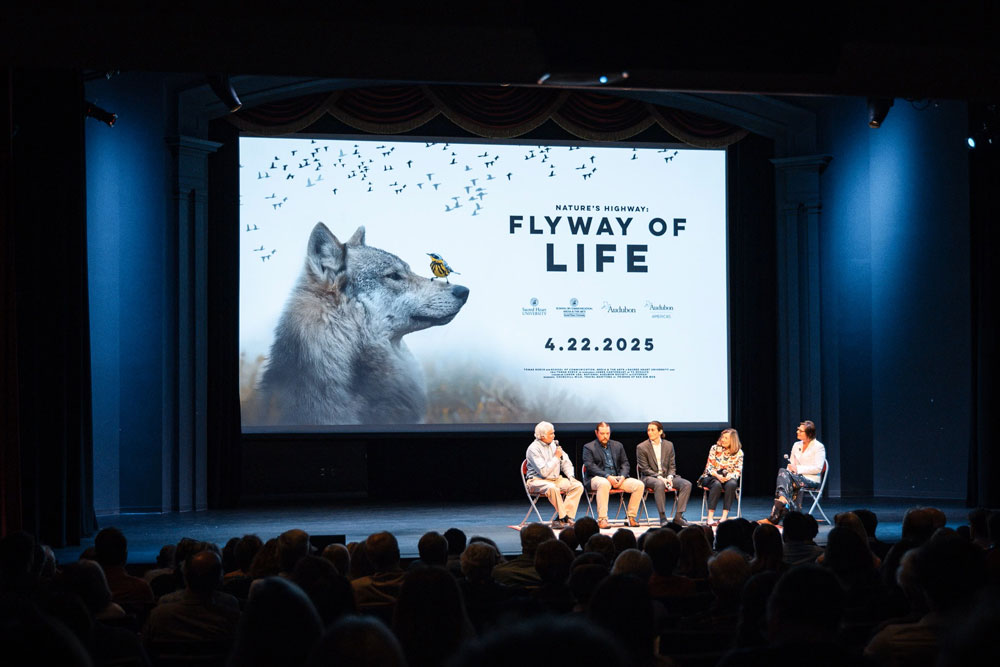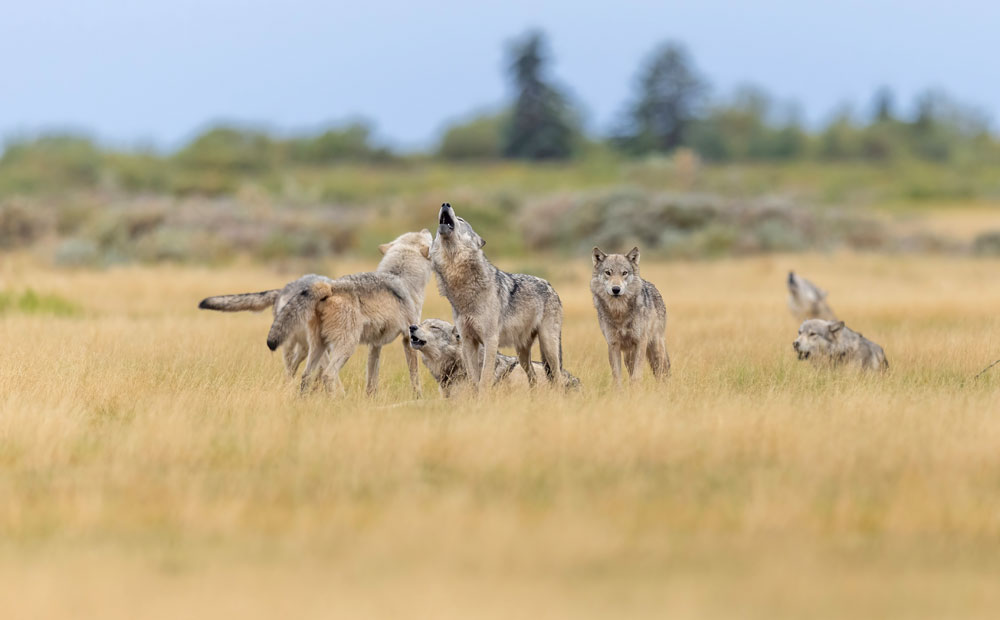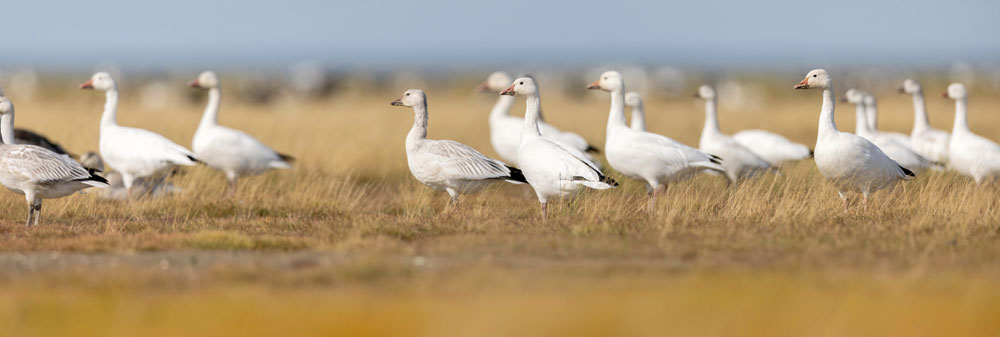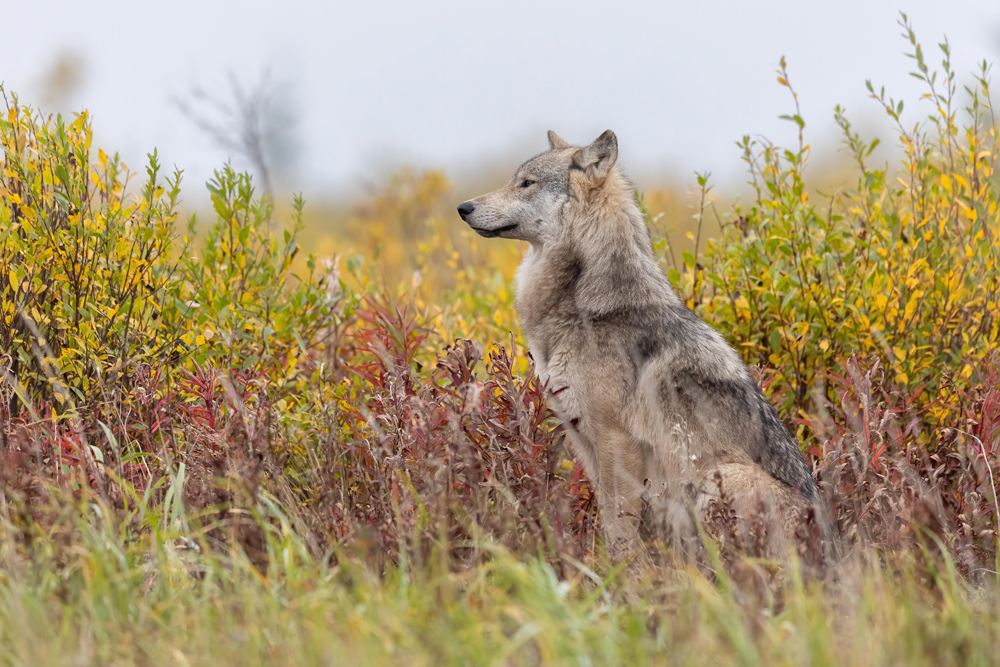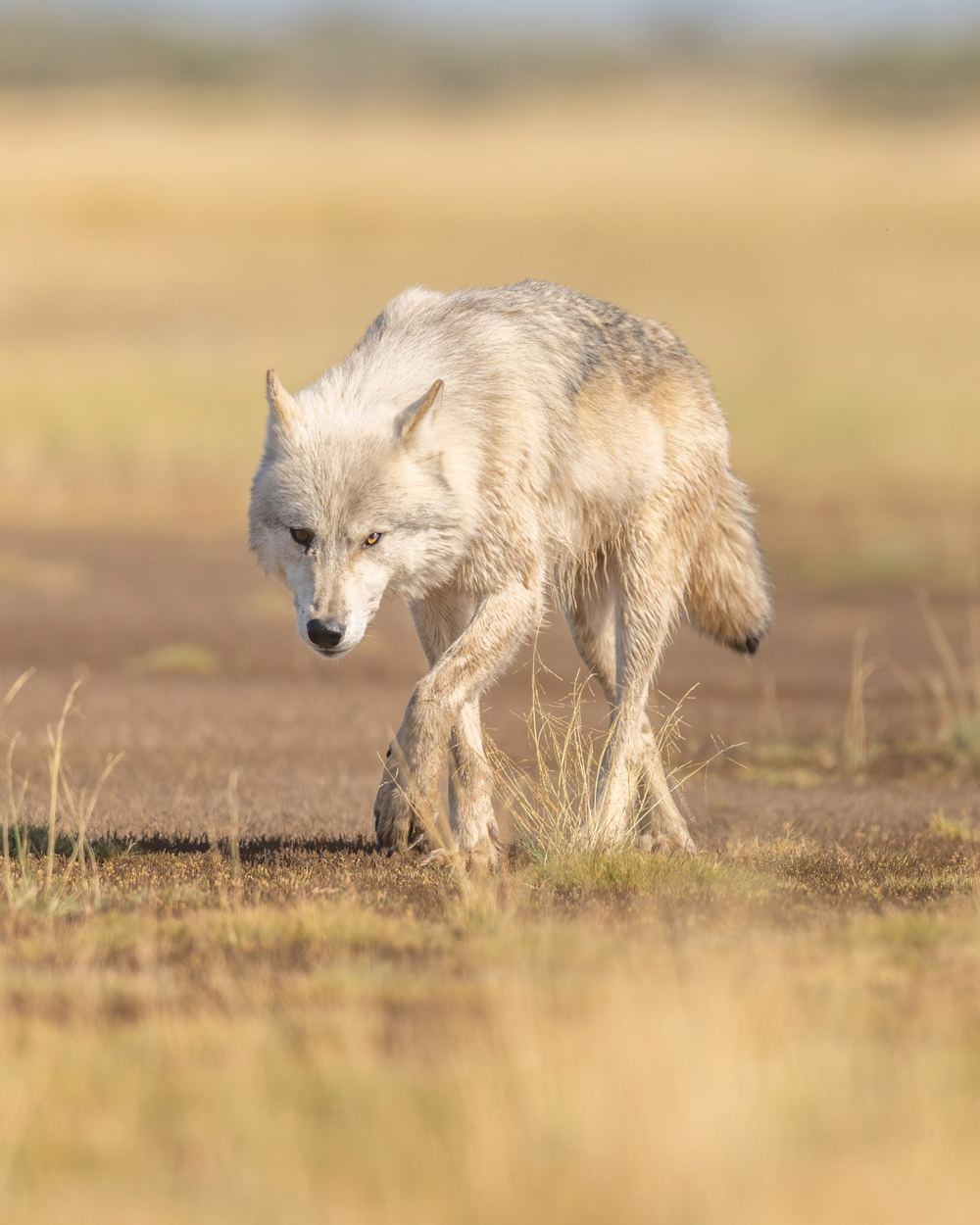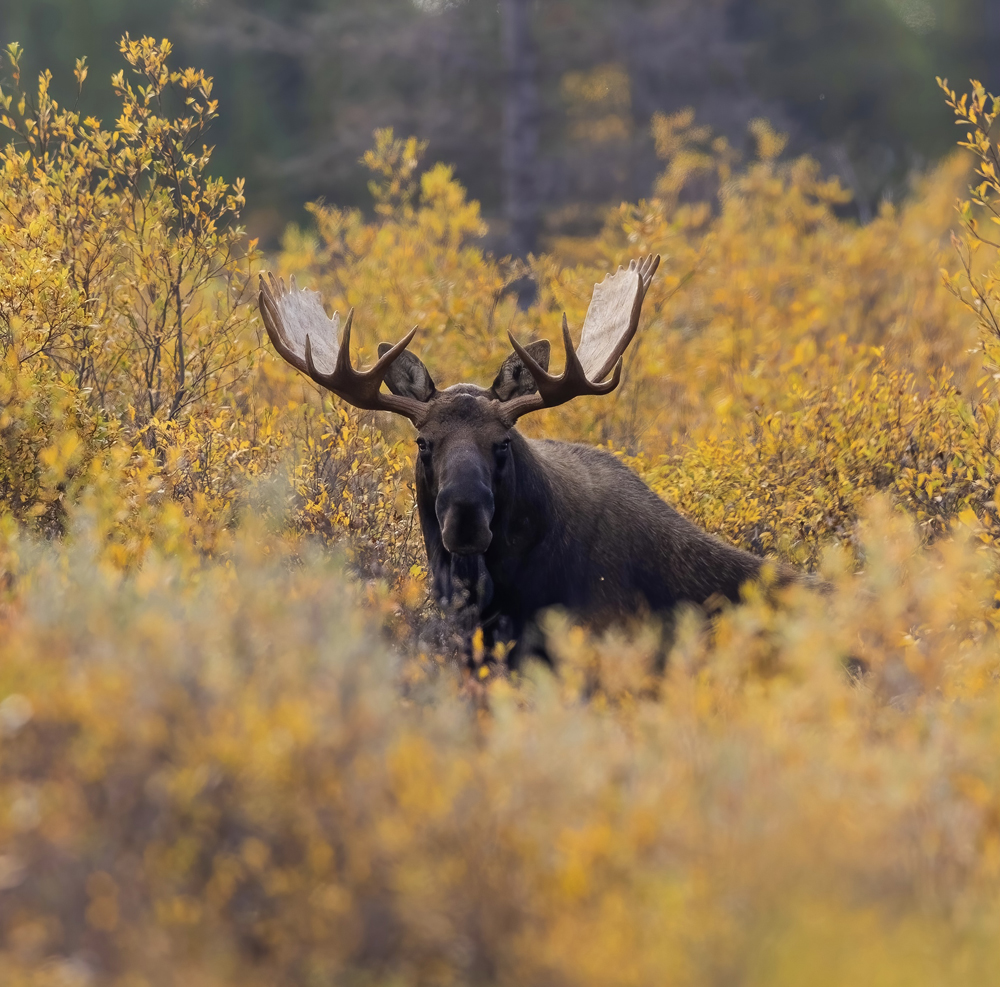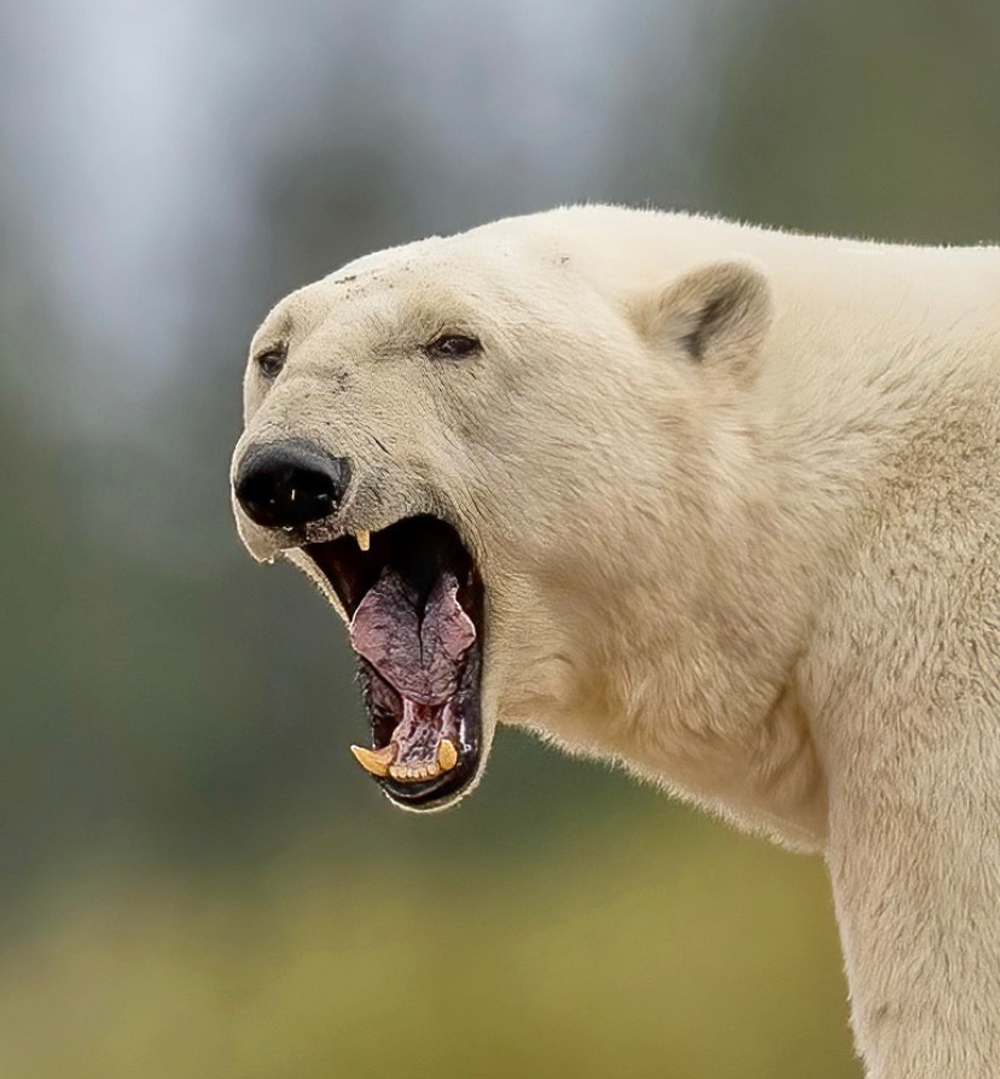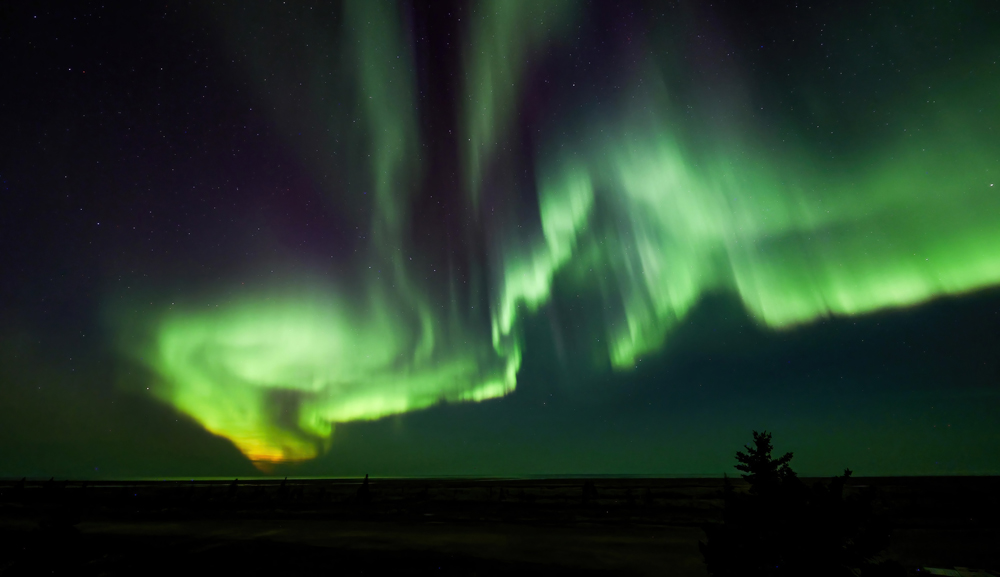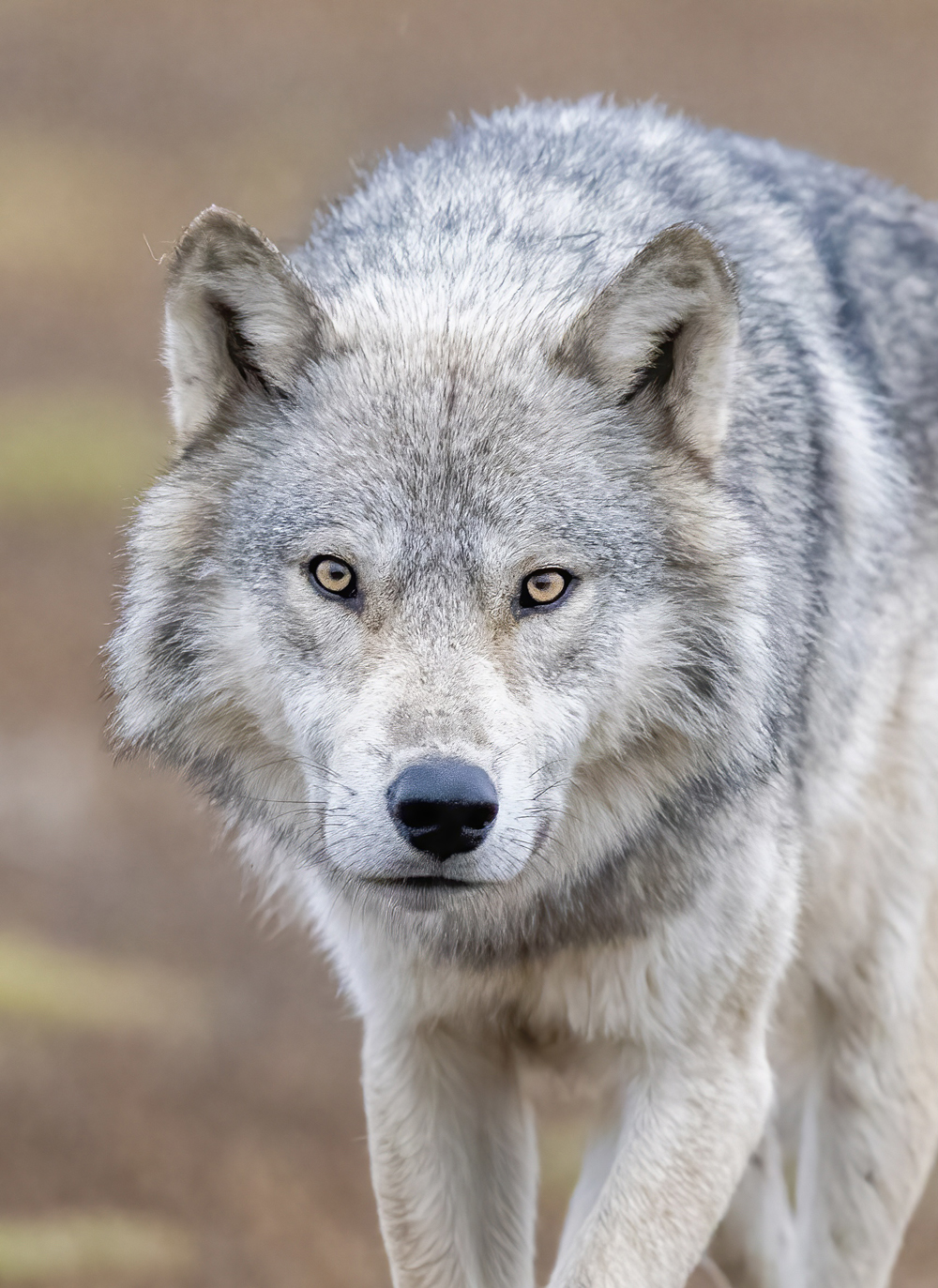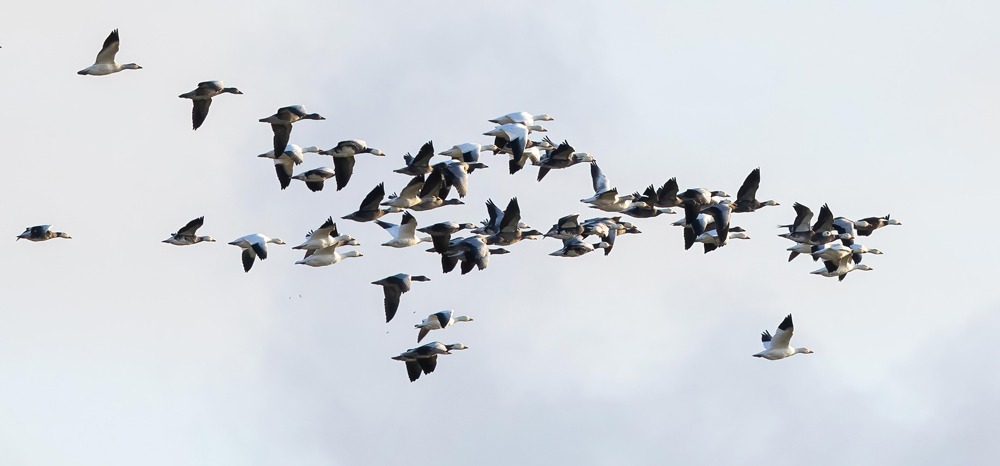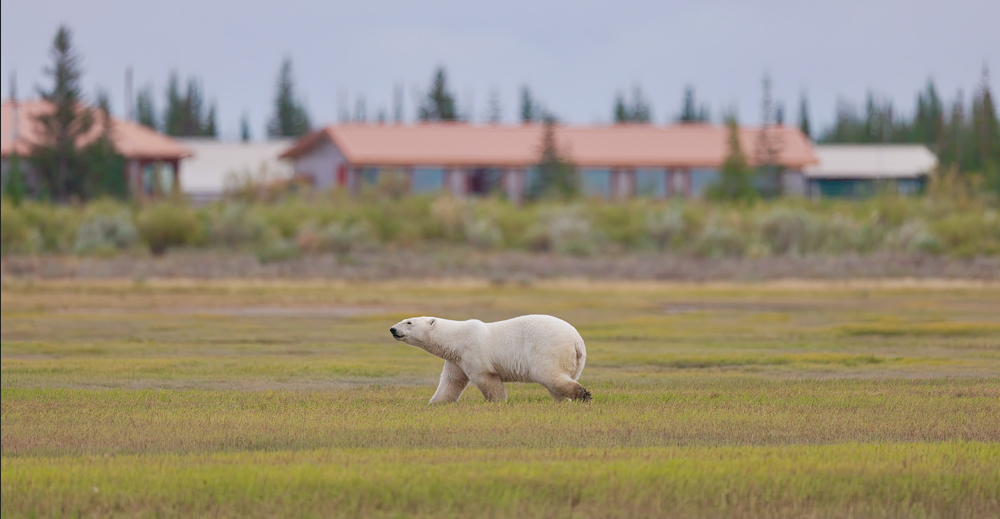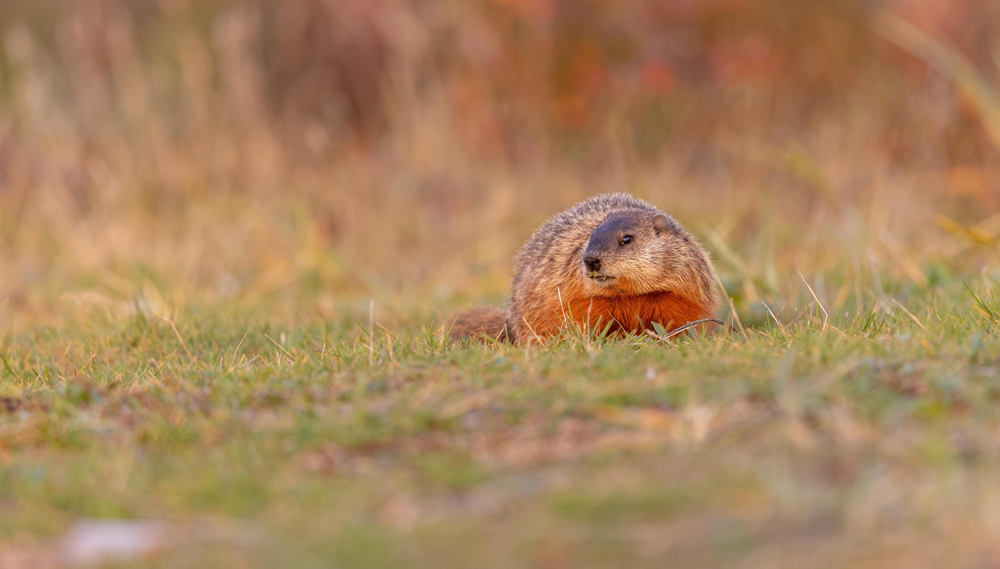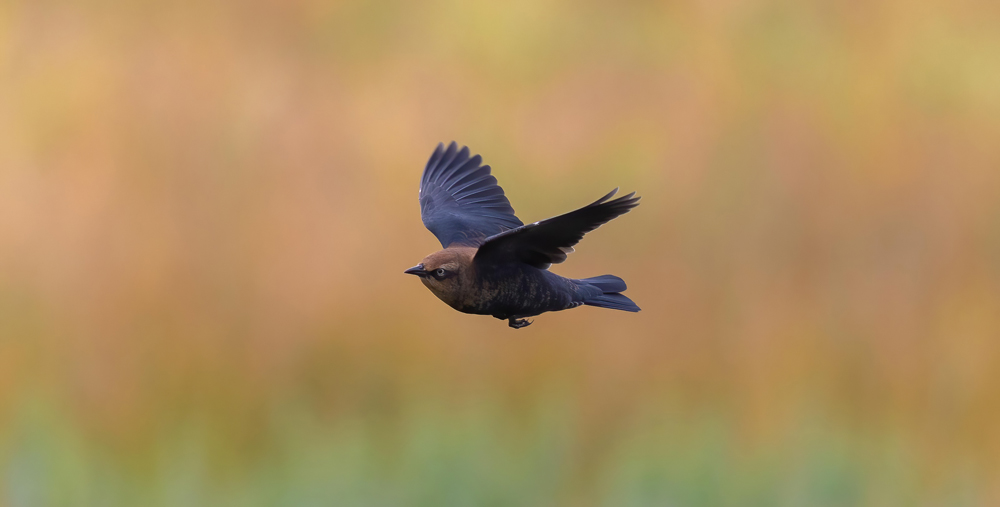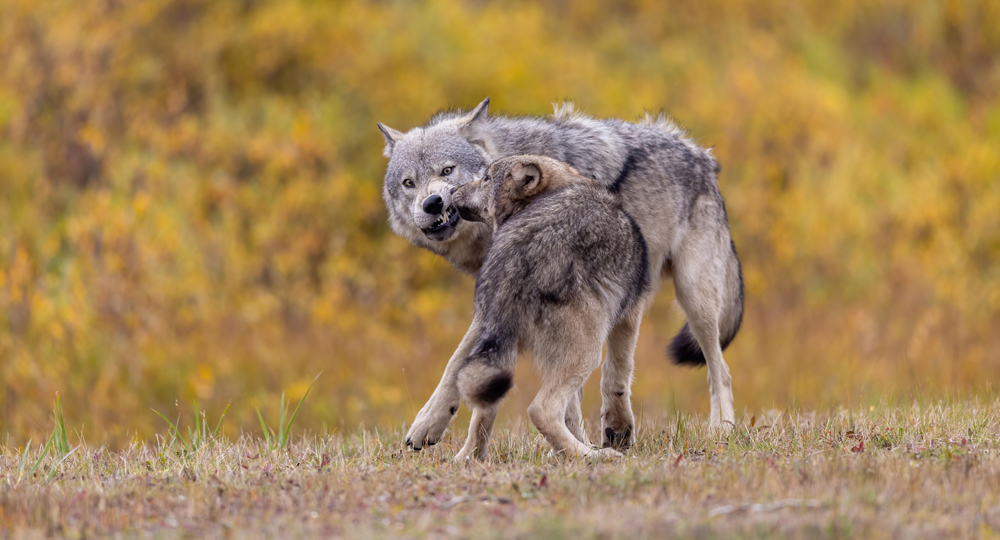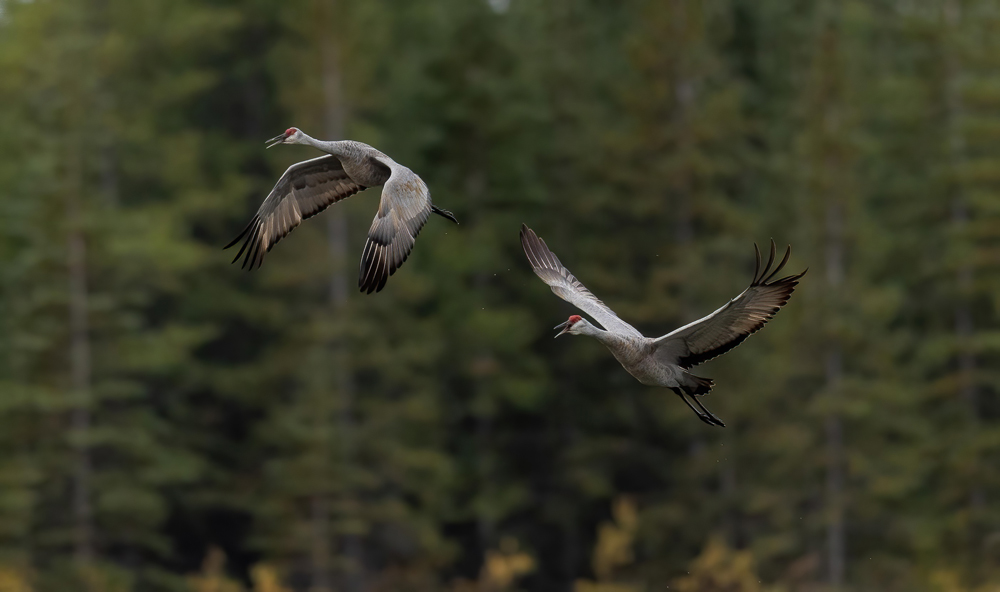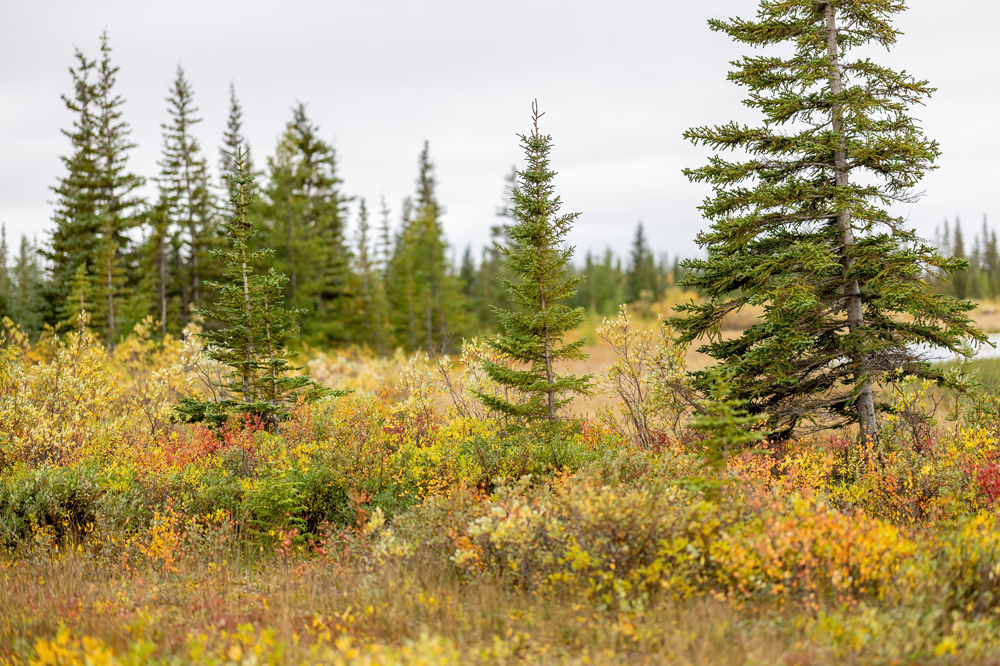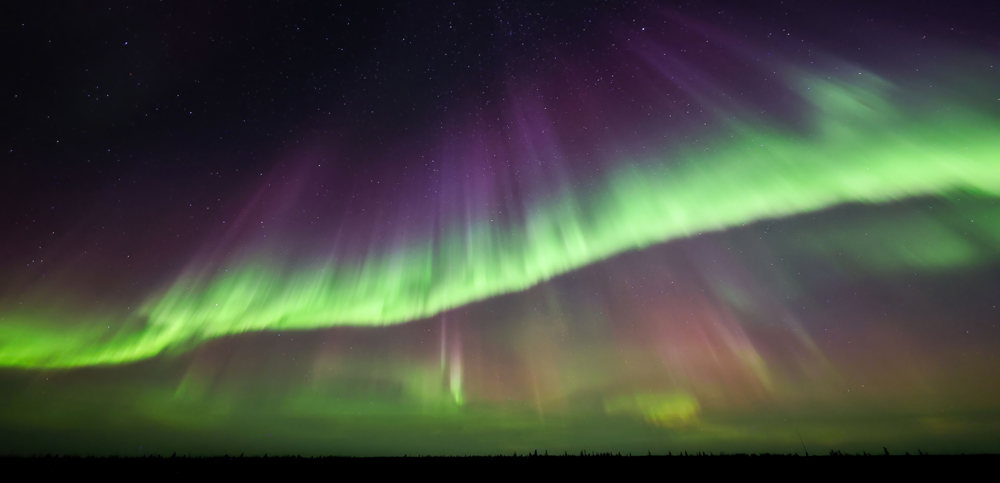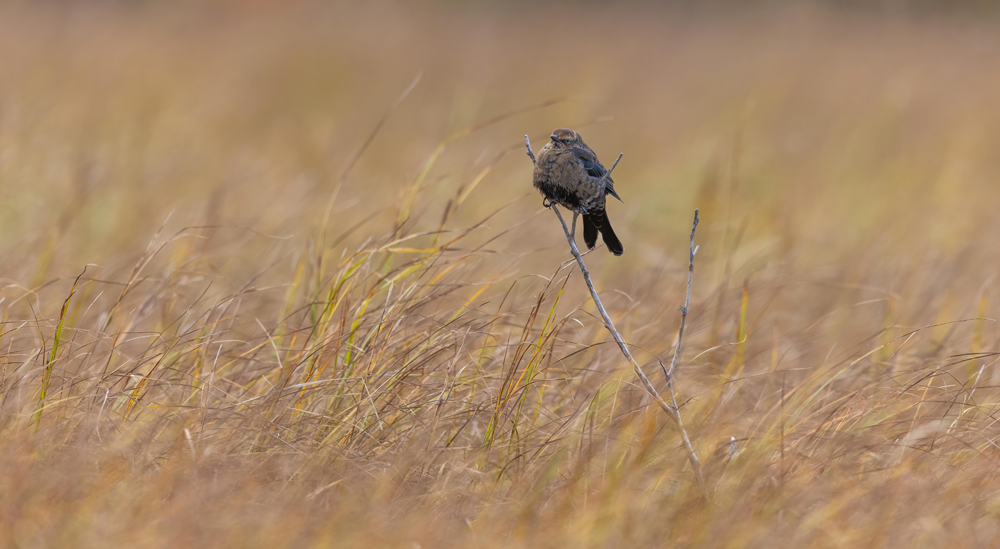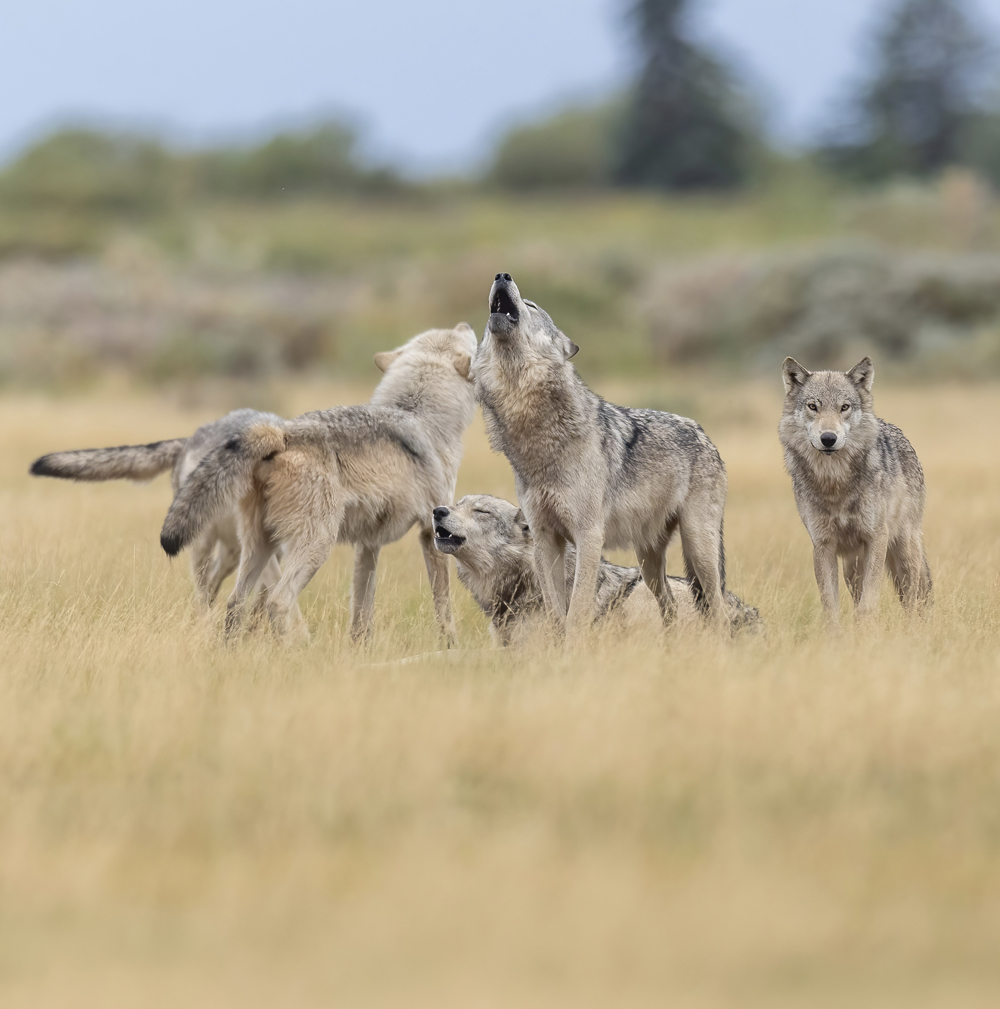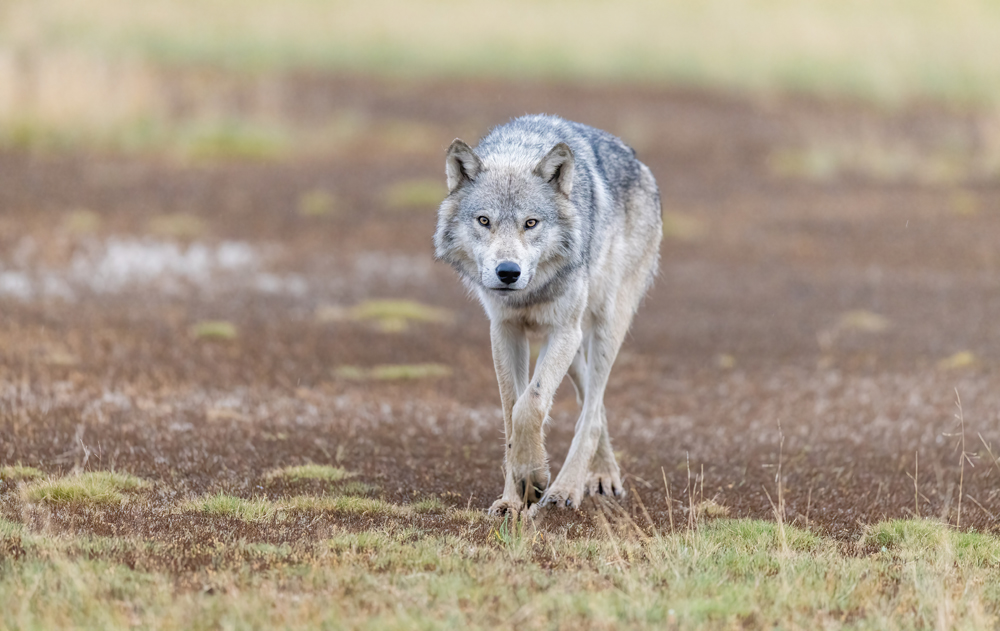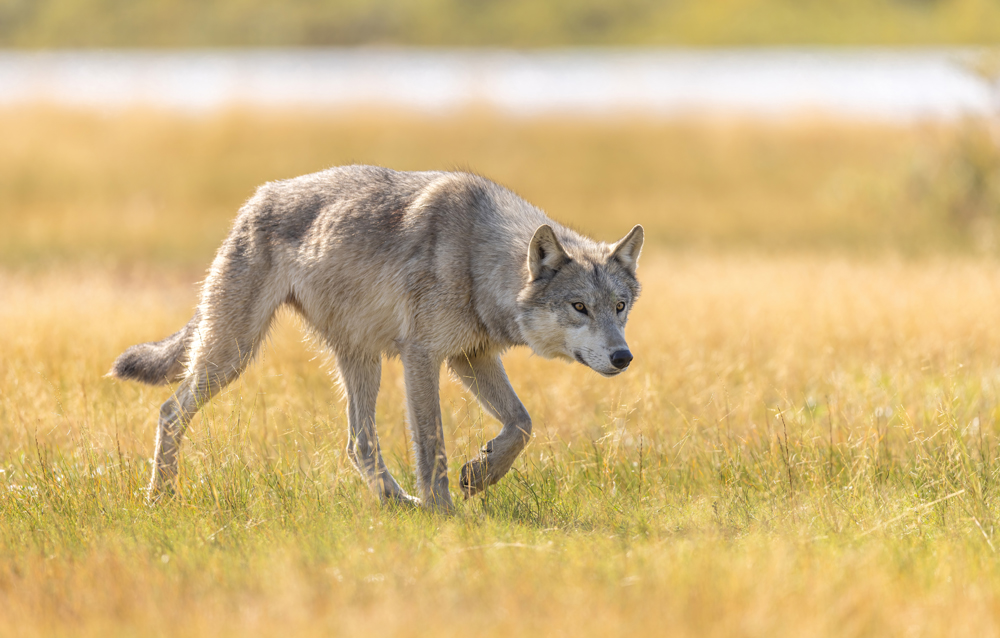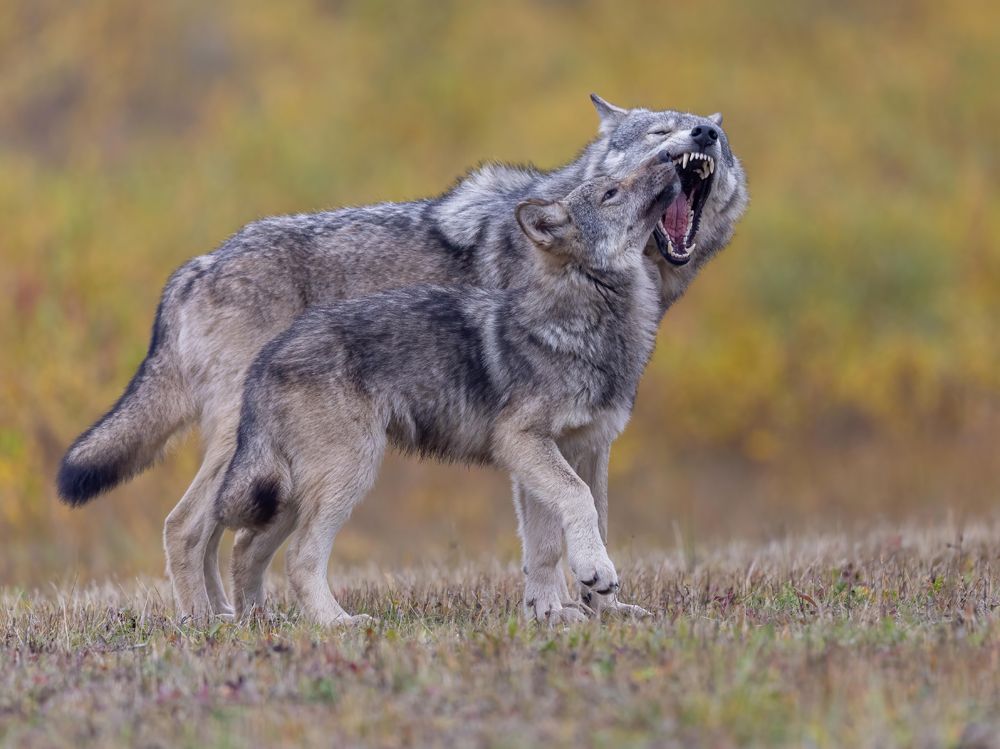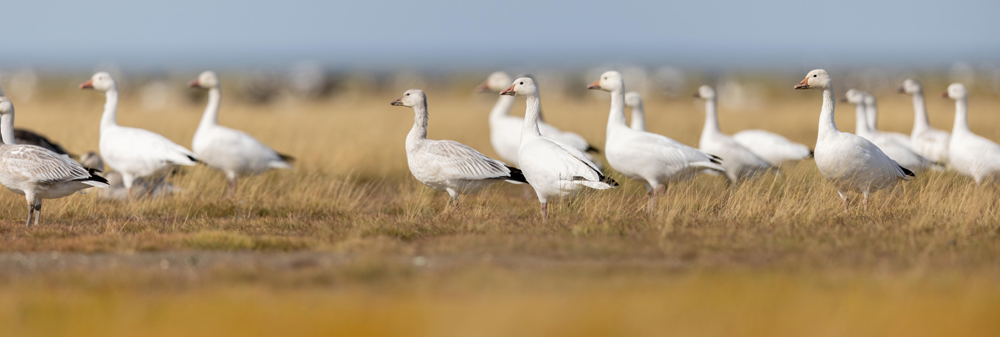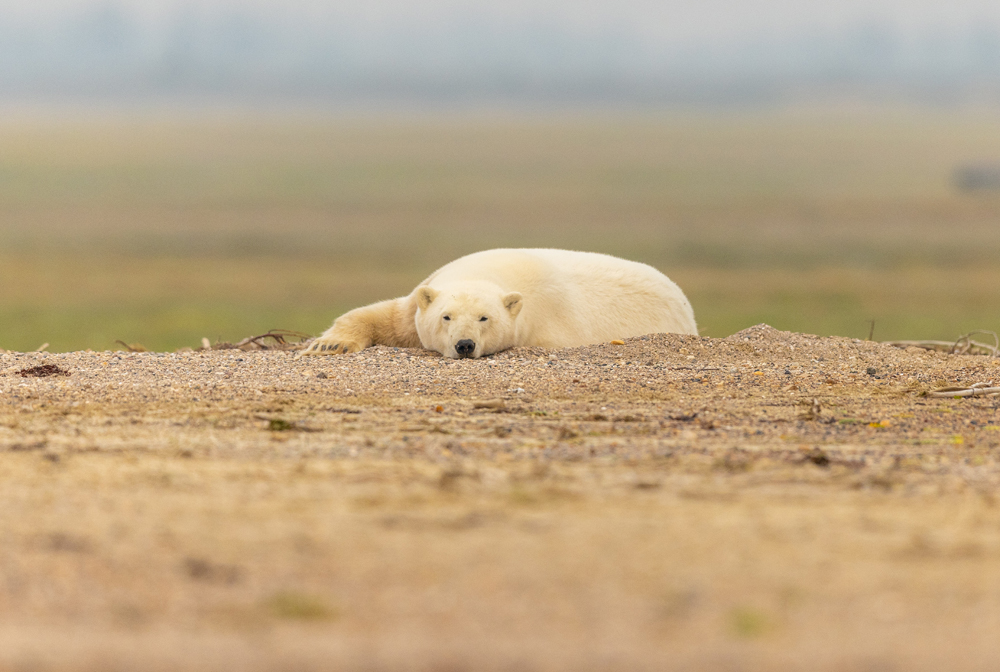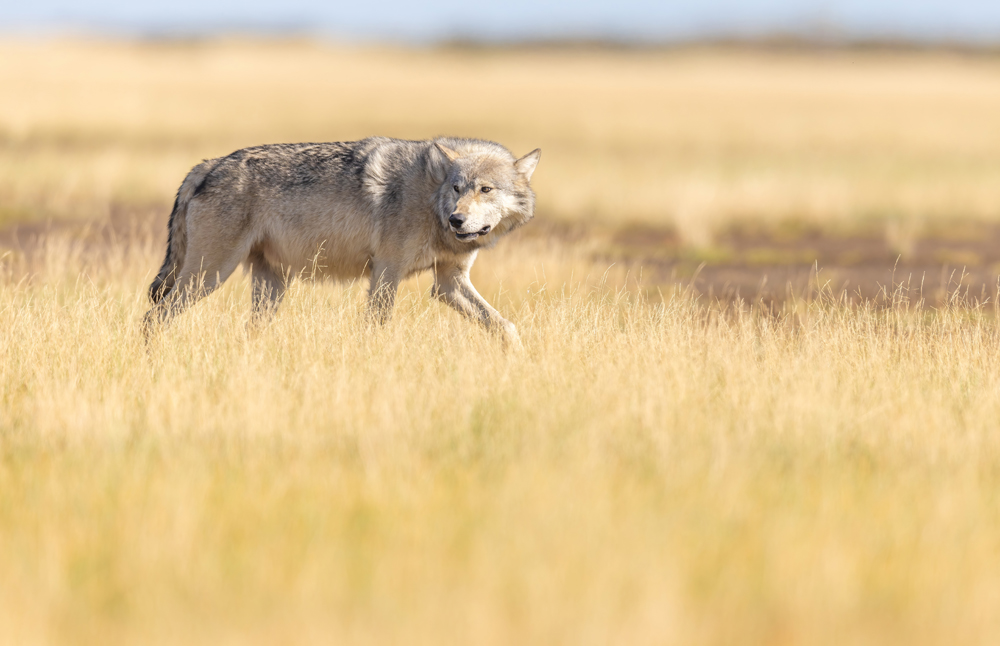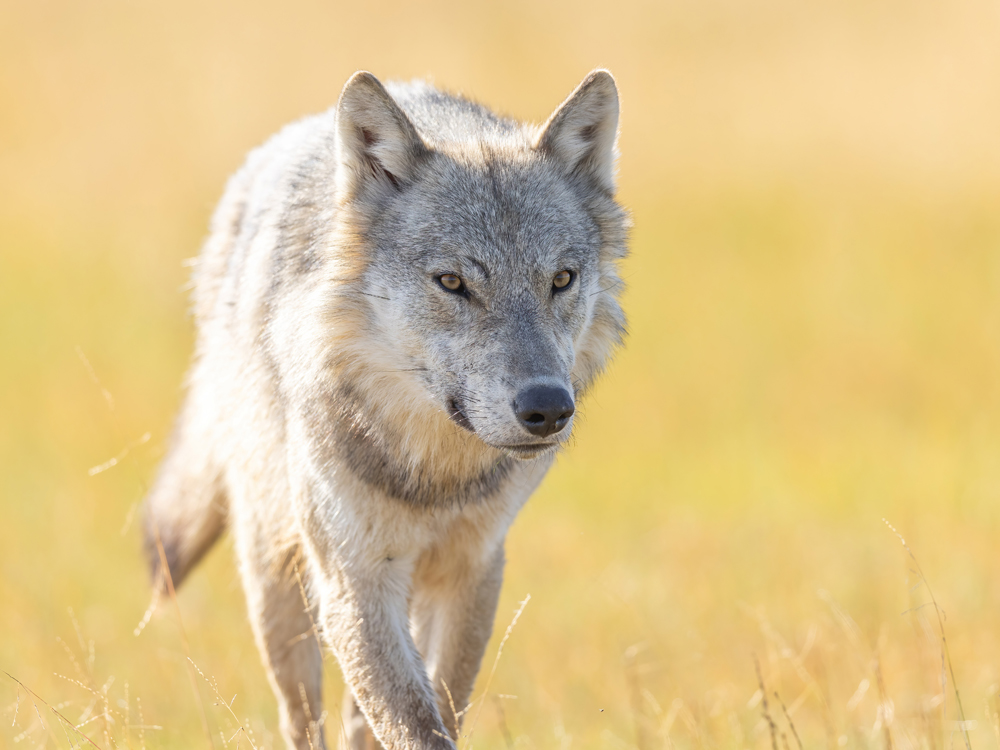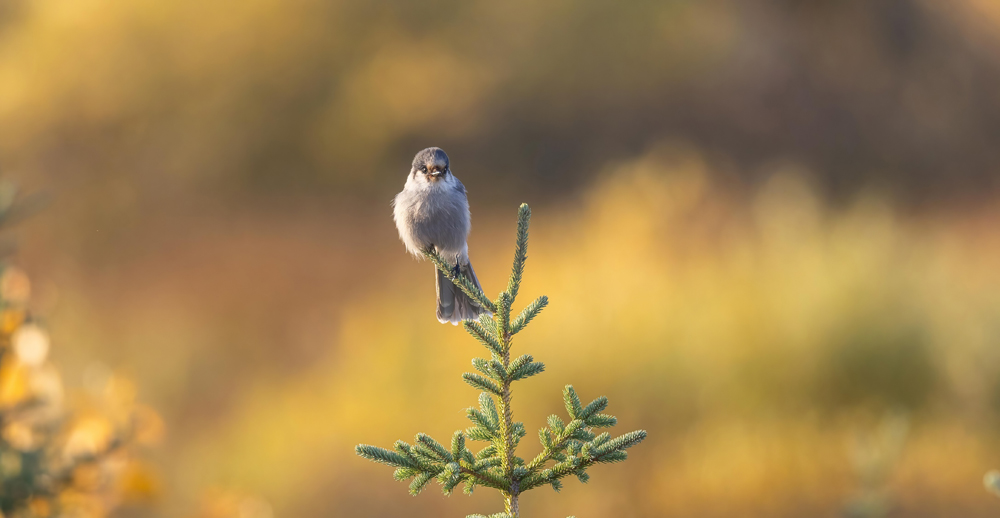When the lights dimmed at the Sacred Heart University Community Theatre on Earth Day, 2025, filmmaker Tomas Koeck watched his vision unfold before a sold-out crowd of more than 450 people. His documentary, “Flyway of Life,” wasn’t just premiering; it was striking an emotional chord.
“We had laughter, we had people crying, we had all sorts of different reactions,” said Koeck. “We really hit home with the messages we were trying to put out there.”
Those messages, woven through stunning imagery captured across two continents, revealed surprising ecological connections along the Atlantic Flyway, one of North America’s most vital migratory bird routes stretching from South America to the Canadian Arctic.
Tracing Nature’s Hidden Threads
“Flyway of Life” follows birds on their extraordinary journeys, beginning in the lush jungles of Costa Rica and ending in the stark beauty of Manitoba’s subarctic landscape. Along the way, Koeck weaves a narrative that challenges our understanding of how ecosystems are connected.
The film is structured in five distinct segments, each revealing aspects of the Atlantic Flyway. From the tropical ecosystems of Costa Rica to the Everglades’ rebounding flamingo populations, from the deadly window collisions in New York City’s skyline to the pristine wilderness of northern Manitoba, Koeck traces the invisible threads that bind these diverse environments together.
“I really wanted to showcase the interconnections between environments, from the subarctic up in northern Manitoba all the way down to Costa Rica,” said Koeck. “The warblers that fly up to northern Manitoba are coming from Costa Rica.”
One of the film’s most powerful revelations comes from research conducted in Yellowstone National Park, which Koeck uses to highlight the surprising relationship between wolves and warblers. When wolves were removed from certain environments, ungulate populations (like moose and elk) exploded, leading to overbrowsing of the shrubs that warblers depend on during migration.
“They found that in areas where wolves were taken out of environments, ungulate populations, whether that be elk, moose, or different types of deer, would explode,” said Koeck. “They would eat all the shrubbery the warblers needed to pass through in some of these different prairie-like or tundra-like environments. When wolves were reintroduced into those areas, the warblers reappeared in the environment within a couple of years.”
It’s the kind of ecological relationship that sounds almost too perfect to be true, yet it demonstrates the film’s core message about nature’s intricate balance.
“That’s why the name of the film is Flyway of Life,” said Koeck. “Flyway is a migration path. And it’s the stream of life that travels through all these environments and keeps everything healthy.”
Into the Wild at Nanuk Polar Bear Lodge
Perhaps the most visually striking sequence in the film comes from Koeck’s time at Nanuk Polar Bear Lodge on the coast of Hudson Bay. Here, Koeck and his crew captured rare ground-level footage of wolves, polar bears, and other wildlife in one of North America’s most remote wilderness areas.
“It was a standout trip,” said Koeck, who was on Churchill Wild’s Hudson Bay Odyssey safari at Nanuk. “It was probably my favorite trip of the entire shoot.”
The lodge, located in a pristine coastal ecosystem where boreal forest meets tundra, provided Koeck with uniquely intimate wildlife encounters. Working with Churchill Wild guides Tyler Warkentin and Adam Reimer, Koeck was able to capture extraordinary footage, including interactions with wolf pups and the majestic silver-coated pack leader which some at the lodge referred to as “Scarface.”
“One of the great money shots we have in the film is the wolf pups coming close to us,” said Koeck. “They’re approaching us, they’re sitting down, they’re relaxing. Then we filmed that beautiful white wolf Scarface.”
Koeck, who insists on shooting at ground level rather than from elevated platforms or vehicles, was particularly impressed with the ethical approach to wildlife viewing at Nanuk.
“When you’re an ethical nature photographer, it opens a lot of doors for you because people trust you,” said Koeck. “Being able to go out with the Churchill Wild guides and relax, knowing that they’re going to do what’s best for the animal, made things a lot easier and more enjoyable.”
The lodge itself earned his enthusiastic praise: “If there’s a criterion for the best operations for a lodge, Nanuk Polar Bear Lodge is as good as you’re going to get.”
During his stay, Koeck also documented black bears, a magnificent bull moose, and numerous bird species. But beyond the wildlife, it was the landscape itself that left an indelible impression.
“It is a magical, beautiful environment with a stark beauty that’s hard to describe,” said Koeck. “The presence of amazing predators adds a unique sense, and you have the boreal forest, tundra, flats, Hudson Bay, and a huge sky. It feels like you’re on a different planet.”
A Filmmaker’s Journey
At just 25 years old, Koeck has already established himself as a rising star in wildlife filmmaking. With support from Canon USA and assignments for PBS Nature, Smithsonian Channel, and National Geographic, his career trajectory is impressive for someone who initially started out studying biology.
“I was interested in biology at a very young age,” said Koeck. “My parents have always been interested in nature, and a lot of my family is into the sciences, but I found that when I started studying biology in college, rather than studying science and nature in a lab, I much preferred to tell people about how interesting nature was. That’s when I picked up a camera, made a leap of faith, switched my major, and went full into media documentary production.”
His technical approach favours lightweight, cutting-edge equipment over bulky traditional cinema cameras. “I use all mirrorless cameras,” said Koeck. “It’s the future right now because you can film cinema-quality footage from a tiny little mirrorless body.”
Koeck remembered a telling experience on a Smithsonian Channel assignment: “Everyone was filming with those big red cinema cameras, and I showed up with my little Canon EOS R5. They weren’t laughing at me or anything like that, but they were wondering, ‘What’s this guy doing?’ But at the end of the day, they looked at my footage and loved it. Two weeks later, they swapped some of their cameras for R5s on different assignments.
“Bigger isn’t necessarily better, especially in the natural history film industry, where you’re always on the go and often on long expeditions to get to places. Having a tiny weather-sealed body on your camera is fantastic.”
A Celebrated Premiere

Thirty images, many from Nanuk, were on display at the Bruce S. Kershner Gallery before the Flyway Of Life premiere. Jackson Sokoloski photo.
The Earth Day premiere wasn’t just a film screening; it was a comprehensive celebration of conservation and art. The event began at the Bruce S. Kershner Gallery with a 30-piece photography exhibition supported by Canon USA, featuring many images captured at Nanuk Polar Bear Lodge.
“We had an official Canon gallery,” said Koeck. “Canon supplied the prints and it was a great success. We sold a lot of prints. We had live music. We had about 150 people there before the screening. And there was a book sale afterword for my first book: Flyway of Life: Love Letters to the Natural World.
“The whole idea was to make this an Earth Day event. People spent from 5:00 to 6:30 in the gallery listening to guest speakers. We had folks from the Atlantic Shark Institute, Connecticut Audubon, and everyone could view the prints. Around 6:30, they crossed the street to the Sacred Heart University Community Theatre, right on the red carpet.”
The screening itself featured not only the film but also a panel discussion with leading conservationists and members of the production team. Notable attendees included the president-elect of The Explorers Club and a vice president from the National Audubon Society.
“It was a cool event because we had so many great leaders from different parts of natural history together,” said Koeck.
The premiere represents just the beginning of the film’s journey. Koeck is taking “Flyway of Life” on tour to approximately 12 additional venues, with more in the works, including some in Costa Rica.
“We’re going to be on a pseudo tour right now,” said Koeck. “We have a number of other venues lined up. And this is not including film festivals. These are venues that are doing specific screenings for Flyway of Life.”
Among the planned locations are The Explorers Club in New York, venues in New Jersey, Connecticut, and New Hampshire. “It’s going to be a lot of fun,” said Koeck. “The response has been very enthusiastic. Word is starting to spread. People are excited about this film. We have folks saying, ‘We want to have you up in upstate New York. We want you to do something in Florida.'”
Koeck also intends to submit the documentary to film festivals, with the ultimate goal being to secure wider distribution. “We’ll send the film to industry-focused festivals too,” said Koeck. “Jackson Wild would be one. The Wildlife Conservation Society also has a film festival in New York that we’ll submit to, and there are more opportunities we’ll be exploring including streaming services.”
A Collaborative Effort
“Flyway of Life” represents a collaborative effort between numerous organizations committed to conservation and education. The project was produced in association with the National Audubon Society, with support from Canon USA and the Sacred Heart University School of Communication, Media and the Arts.
Churchill Wild and Travel Manitoba were key partners for the boreal section of the film, providing access to the remote wilderness that forms the northern terminus of the Atlantic Flyway. Additional collaborators included the Wolf Conservation Center, Connecticut Audubon Society, and the Loon Preservation Committee, among others.
For Koeck, these partnerships aren’t just about logistics and funding, they represent a shared commitment to telling important stories about our natural world. As he reflected on his experience at Nanuk, Koeck emphasized, “Ethical wildlife photography is particularly important to me because I’m endorsed by the Connecticut Audubon Society for being an ethical nature photographer. That’s hard to get. When you’re an ethical nature photographer, it opens a lot of doors for you because people trust you. Trust and honesty are super important to me. I don’t like cutting corners.”
As viewers follow the birds’ journey along the Atlantic Flyway, they come away with a deeper understanding of how seemingly disparate ecosystems are bound together by the beating wings of migrating birds.
“Birds are much more closely involved in these different ecosystems than people might think,” said Koeck. “The biggest thing I’ve learned on this project is the interconnectedness of all the different aspects of nature in an environment. Ecology is so important for everyone to learn, because everyone thinks we’ve got to control this animal or that bug.
“In some situations, for human health, we do have to take action. But in the majority of cases we need to understand that there’s a balance to nature. If we push it too far off balance, it’s going to impact everyone, including us.”
For more information about “Flyway of Life” and upcoming screenings, visit the film’s website or follow Tomas Koeck via social media at the links below.
